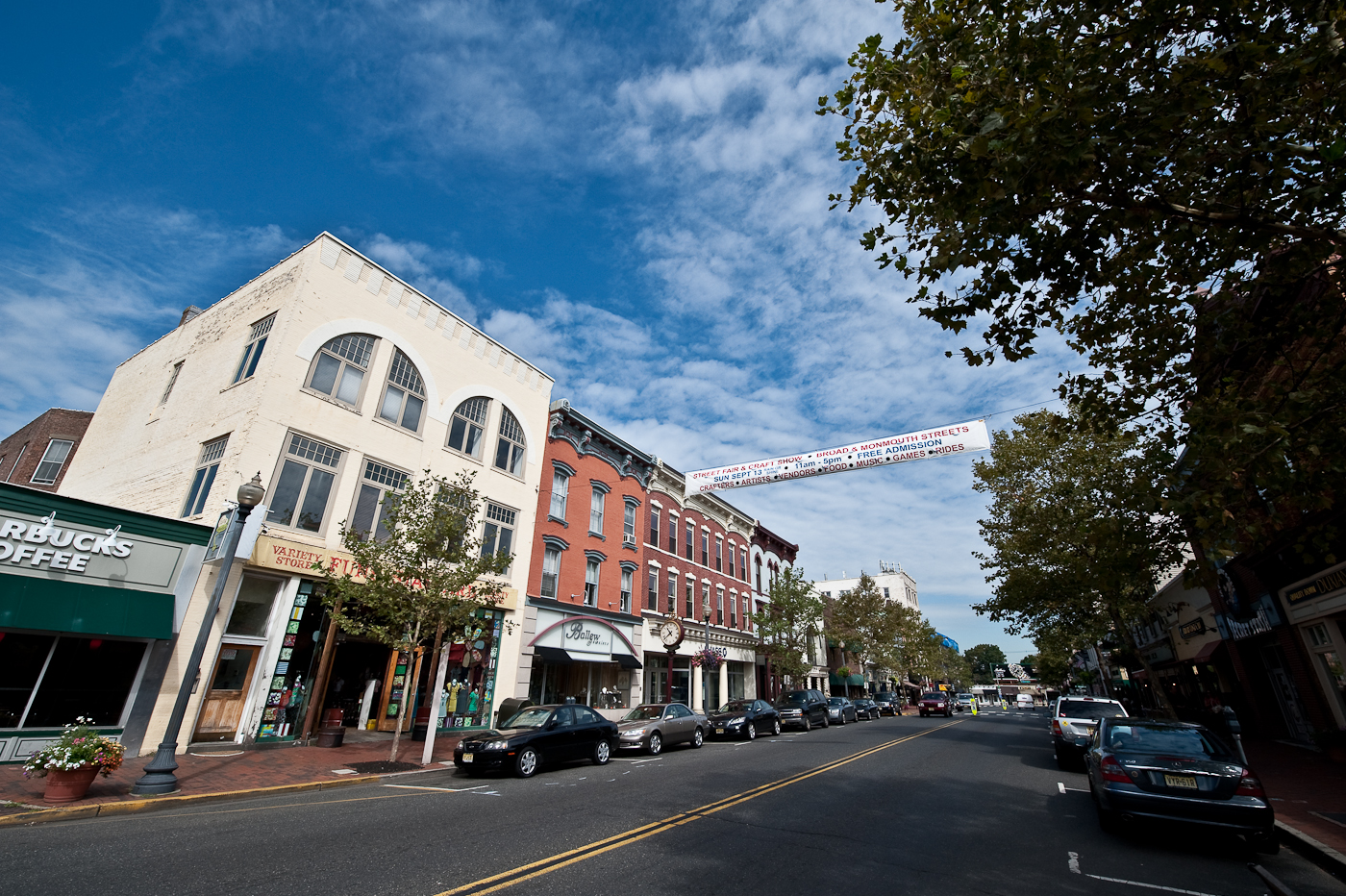Thinking of relocating? There may be a number of reasons to move — job opportunities, better weather, or just to be close to friends and family. But do you realize that the choice of where you live is a crucial parenting decision that can impact your children’s health, safety and future?
MoneyRates.com studied conditions for raising children in all 50 states, and found huge differences in how conducive different states are to raising healthy, happy and well-educated kids. The Best States for Raising Children Study looked at data trade-offs within individual states that parents may have to wrestle with when choosing a place to live.
Not child’s play: finding the right conditions for kids isn’t easy
There are national debates on factors like education and crime that impact children, but the reality on the ground is that these are more local than national issues. You realize this when you see how different conditions are depending on where you look.
Take violent crime, for example. Vermont has the lowest rate of violent crime in the nation, with just under 100 incidents annually for every 100,000 residents. In contrast, seven states — Alaska, Florida, Louisiana, Nevada, New Mexico, South Carolina and Tennessee — have violent crime rates that are at least five times as high as Vermont’s. For this reason at least, it’s fair to say that parents in Vermont are likely to rest much easier than parents in those seven states.
On the other hand, what parents in Vermont do have to worry about is the cost of sending their kids to college. For in-state students, the average annual tuition at a four-year public college in Vermont is $16,610, the highest in the nation. In contrast, college is much more within the financial reach of parents and students in Wyoming, where the average annual tuition for in-state students at a four-year public college is less than a third of Vermont’s cost, at $5,400.
Clear contrasts between states were found in each of the seven different categories measured by the Best States for Raising Children study. When all categories were ranked and those rankings were averaged, five states came out on top.
#1. UTAH

#2. Wyoming

#3. New Jersey

#4. Virginia

#5. Idaho

Choices your children may live with for a long time
Parents have to think about the present and the future. That’s an important context in which to view the contrasts between states when it comes to raising kids.
States that have favorable conditions for children are likely to attract more families. This strengthens the tax base of those states and builds the political constituency supporting more investment in resources for children. In turn, states that raise safer, happier and better-educated children are likely to find themselves with more affluent adult populations in the future — and that should help widen the advantage for these states.
Between the magnitude of the contrasts in child-raising conditions among states and the fact that these trends have a somewhat self-perpetuating nature, the choice of where to raise your children is likely to have a profound impact both now and down the road.
A lot goes into assessing best places to raise children
The seven categories looked at for this study were as follows:
- Childhood education, based on average 8th grade math, reading and science scores on National Assessment of Educational Progress tests
- General affordability, based on cost-of-living data from the Council for Community and Economic Research
- Safety from violent crime, according to violent crime rates from the Department of Justice’s Uniform Crime Reporting database
- College affordability, per tuition data from the College Board
- Child health, from the Data Resource Center for Child & Adolescent Health
- Kid-friendly neighborhood amenities, from the Data Resource Center for Child & Adolescent Health
- Access to student/youth checking accounts from the MoneyRates.com Checking Account Fee Survey
Across such a broad spectrum of factors, most states had clear strengths and weaknesses. These represent trade-offs that parents can weigh when choosing where to live.
Maryland ranked number one in child health, but was in the bottom ten for affordability and safety from crime. Massachusetts ranked number one in childhood education, but it’s also one of the ten most expensive states in which to live and send a child to college.
No state was above average across all seven categories in this study, so when you address the question of where to find a favorable place to raise your kids you’ll have to grapple with some trade-offs. No one said parenting was easy.


